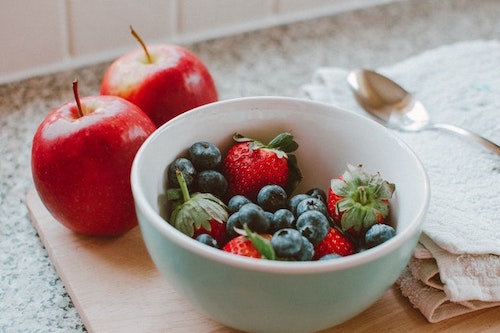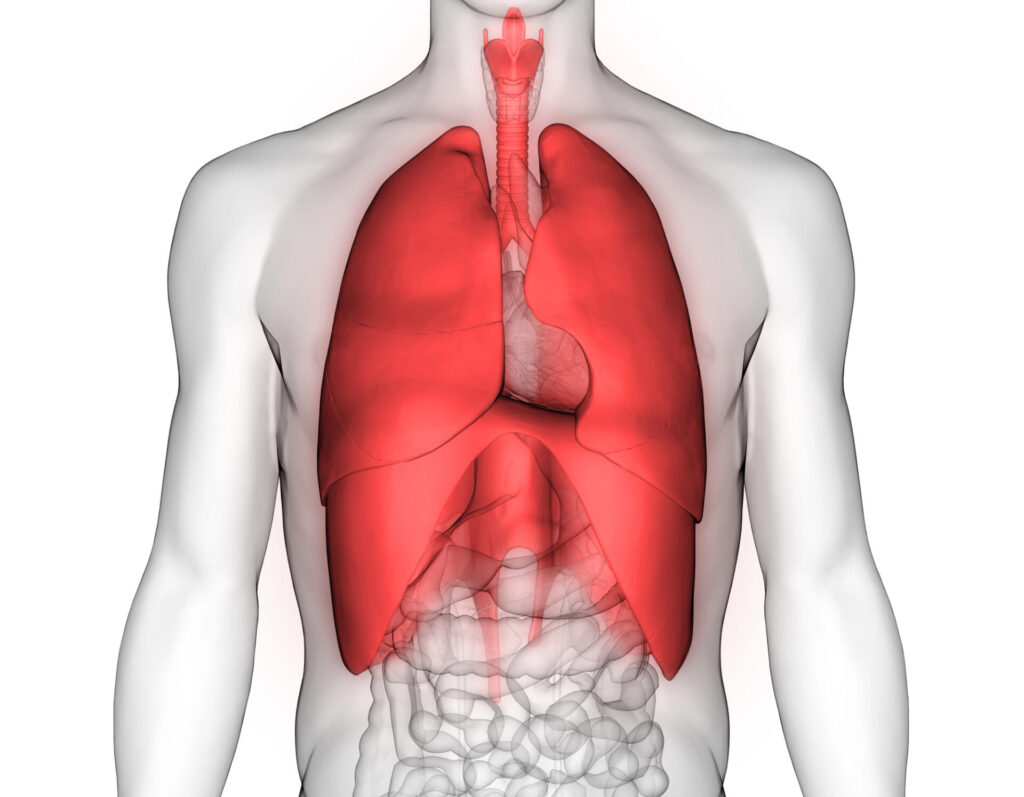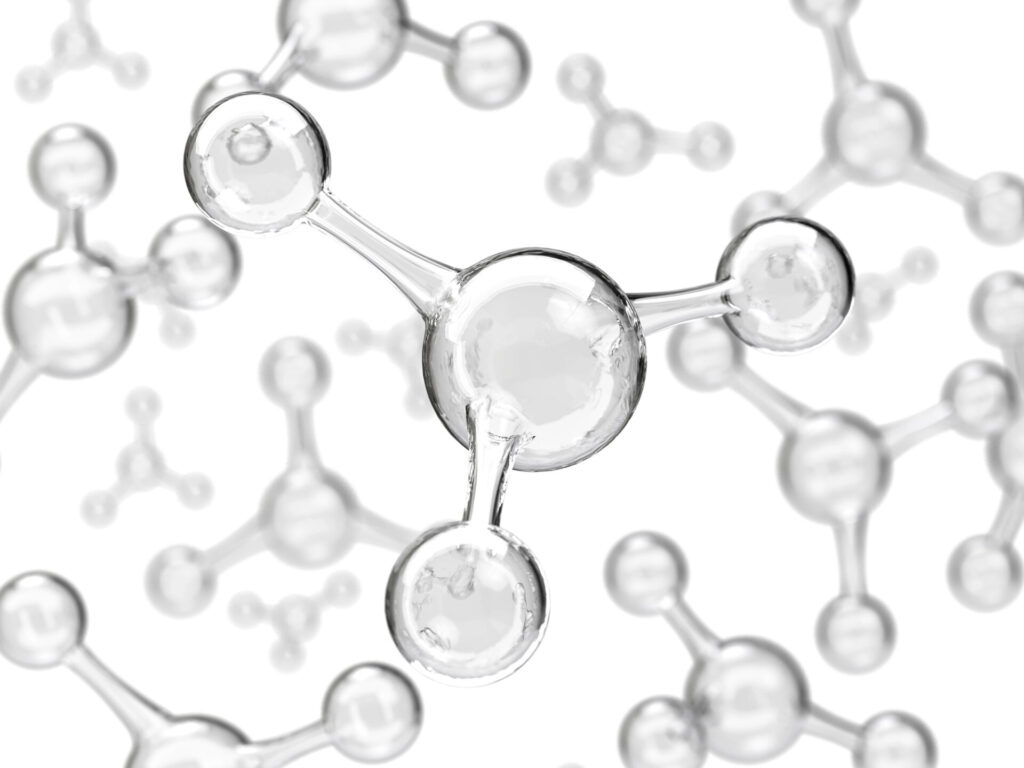Flavonoids in foods, including berries, apples, pears and wine, may reduce blood pressure levels, which is partially explained by characteristics of the gut microbiome, according to new research published in Hypertension.
“Our gut microbiome plays a key role in metabolizing flavonoids to enhance their cardioprotective effects, and this study provides evidence to suggest these blood pressure-lowering effects are achievable with simple changes to the daily diet,” said lead investigator of the study Aedín Cassidy, Ph.D., chair and professor in nutrition and preventive medicine at the Institute for Global Food Security at Queen’s University in Belfast, Northern Ireland.
This research comes at an important time. A recent Lancet study, analyzing blood pressure measurements from more than 100 million people, taken over three decades in 184 countries, shows that in the past 30 years, the number of adults (aged 30-79 years) living with hypertension worldwide has doubled. Rates have doubled from an estimated 331 million women and 317 million men in 1990, to 626 million women and 652 million men in 2019.
Many high-income countries, including Canada, Switzerland, the UK and Spain report all-time low prevalence levels, but in low- and middle-income and central European countries such as Paraguay, Hungary, Poland, and Croatia hypertension rates remain high. The lead study author, Professor Majid Ezzati, Imperial College London, UK, suggests that one solution among others is that people in the poorest countries need better access to affordable fruits and vegetables. See the interactive map by country here.
Flavonoids Regulate and Reduce Blood Pressure
Flavonoids, found naturally in fruits, vegetables and plant-based foods such as tea, chocolate and wine, are broken down by the body’s gut microbiome. Recent studies found a link between gut microbiota, the microorganisms in the human digestive tract, and cardiovascular disease (CVD), which is the leading cause of death worldwide. Gut microbiota is highly variable between individuals, and there are reported differences in gut microbial compositions among people with and without CVD.
With increased research suggesting flavonoids may reduce heart disease risk, this study assessed the role of the gut microbiome on the process. Researchers examined the association between eating flavonoid-rich foods with blood pressure and gut microbiome diversity. The study also investigated how much variance within the gut microbiome could explain the association between intake of flavonoid-rich foods and blood pressure.
Flavonoid Intake and Blood Pressure Study Parameters
A group of 904 adults between the ages of 25 and 82, 57% men from Germany’s PopGen biobank were recruited for this study. (The PopGen biobank includes participants from a network of seven biobanks in Northern Germany.) Researchers evaluated the participants’ food intake, gut microbiome and blood pressure levels together with other clinical and molecular phenotyping at regular follow-up examinations.
Participants’ intake of flavonoid-rich foods during the previous year was calculated from a self-reported food questionnaire detailing the frequency and quantity eaten of 112 foods. Flavonoid values were assigned to foods according to United States Department of Agriculture data on flavonoid content in food.
Gut microbiome for participants was assessed by fecal bacterial DNA extracted from stool samples. After an overnight fast, participants’ blood pressure levels were measured three times in three-minute intervals after an initial five-minute rest period. Researchers also collected participants’ lifestyle information, including sex, age, smoking status, medication use and physical activity, as well as family history of coronary artery disease, the number of daily calories and fiber consumed, and each participant’s height and weight was measured to calculate BMI (body mass index).
The analysis of regular flavonoid intake with gut microbiome and blood pressure levels found:
- Study participants who had the highest intake of flavonoid-rich foods, including berries, red wine, apples and pears, had lower systolic blood pressure levels, as well as greater diversity in their gut microbiome than the participants who consumed the lowest levels of flavonoid-rich foods.
- Up to 15.2% of the association between flavonoid-rich foods and systolic blood pressure could be explained by the diversity found in participants’ gut microbiome.
- Eating 1.6 servings of berries per day (one serving equals 80 grams, or 1 cup) was associated with an average reduction in systolic blood pressure levels of 4.1 mm Hg, and about 12% of the association was explained by gut microbiome factors.
- Drinking 2.8 glasses (125 ml of wine per glass) of red wine a week was associated with an average of 3.7 mm Hg lower systolic blood pressure level, of which 15% could be explained by the gut microbiome.
“Our findings indicate future trials should look at participants according to metabolic profile in order to more accurately study the roles of metabolism and the gut microbiome in regulating the effects of flavonoids on blood pressure,” said Cassidy. “A better understanding of the highly individual variability of flavonoid metabolism could very well explain why some people have greater cardiovascular protection benefits from flavonoid-rich foods than others.”
The authors note that participants for the study were from the general population, and the participants were unaware of the hypothesis. However, residual or unmeasured confounding factors (such as other health conditions or genetics) can lead to bias, thus these findings cannot prove a direct cause and effect, although the researchers did conduct a detailed adjustment in their analyses for a wide range of diet and lifestyle factors. The authors noted the focus of this study was on specific foods rich in flavonoids, not all food and beverages with flavonoids.
Conclusion/ “Structural equation modeling of these novel data suggests that microbial factors explained 15.2% to the association between flavonoid-rich foods and clinically relevant lower SBP. Further research should focus on interindividual variability in the gut microbiome in mediating the cardiovascular effects of flavonoid-rich foods.”





